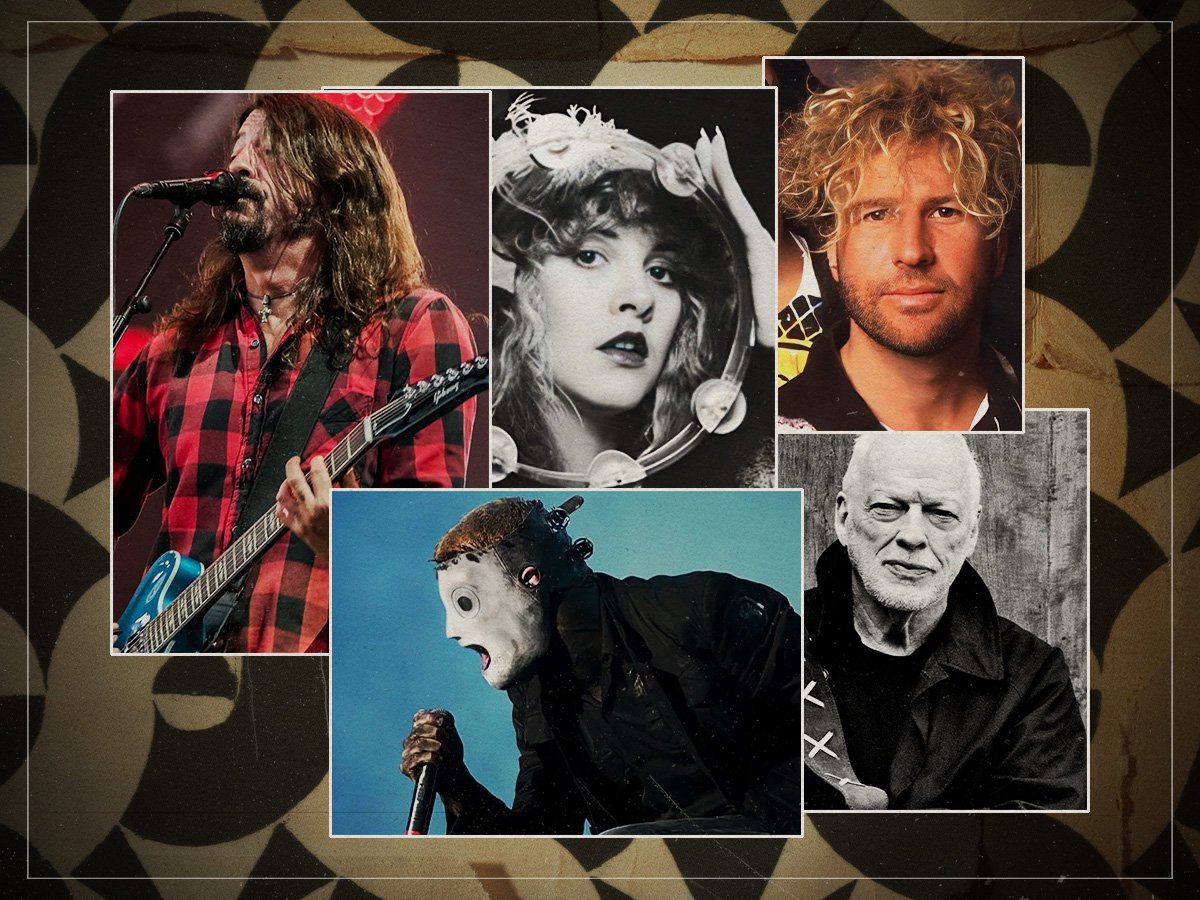Jason Newsted – Metallica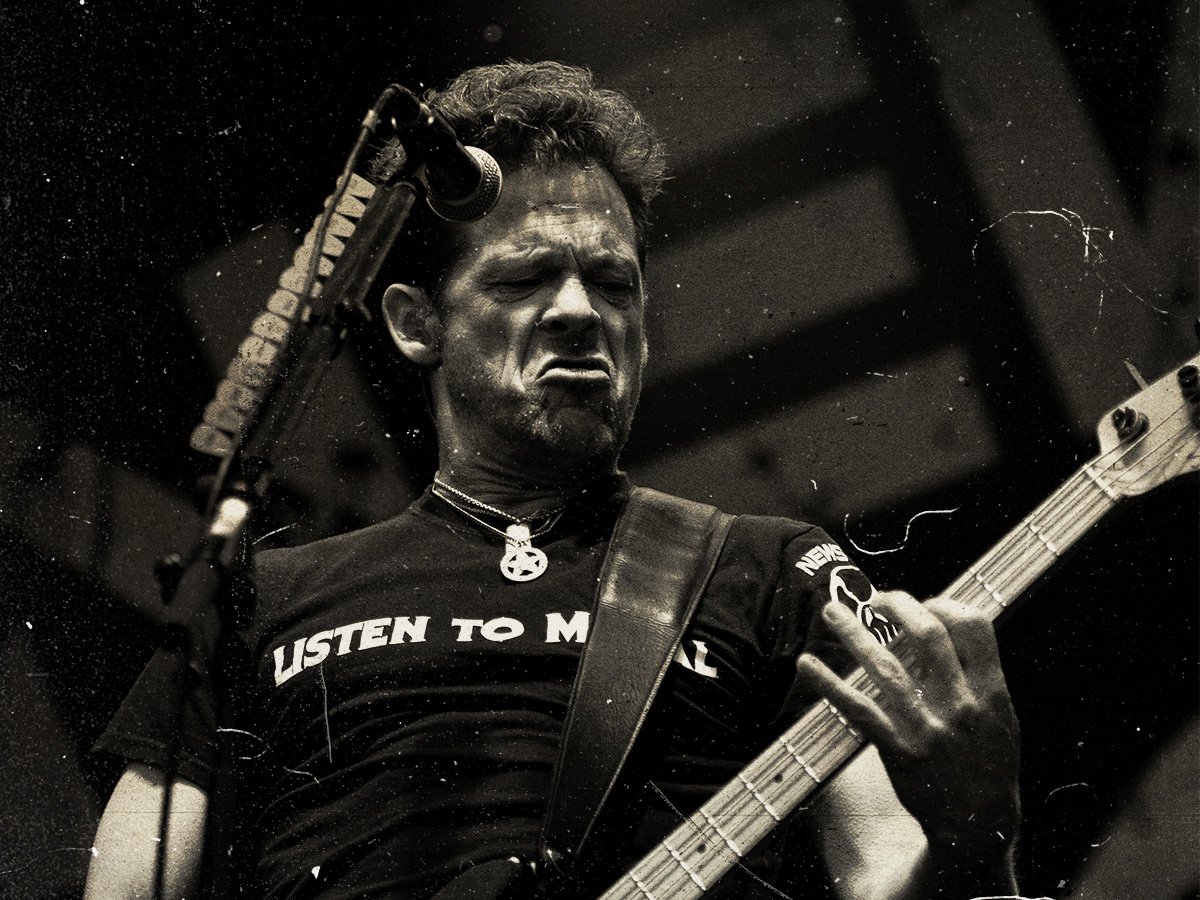
When Metallica debuted on Kill Em All, it didn’t feel like any of them were replaceable. Even if Lars Ulrich was much more rudimentary compared to the rest of the band, he deserved to be there strictly because of the massive amount of hours he put into making the band a household name. When their resident musical genius fell silent during a bus crash in Copenhagen, though, Jason Newsted was about to have one of his lifelong dreams come true without even realising it.
Although Cliff Burton was among the finest bassists the world had ever seen at the time of his death, Newsted fit right in when it came time to play his parts. Outside of not looking like a total jackass when he played, Newsted was more than happy to put in every second of work that was required of him, whether that was miming what James Hetfield was playing or occasionally bringing a really good riff to the table when it was to make some new music.
And for all of the talk about the band hazing him and not including him at all on their album And Justice For All, they clearly had some sort of affection for him, considering the first tune on the record, ‘Blackened’, features the first riff he ever brought to the table. There are many different people who would have killed for a chance to play with Metallica, and by sidestepping an alternate timeline where Les Claypool became their bassist, Newsted knew he wasn’t only playing for himself. It was to carry on Burton’s legacy and do right by every fan who wanted to be in his shoes.
William DuVall – Alice in Chains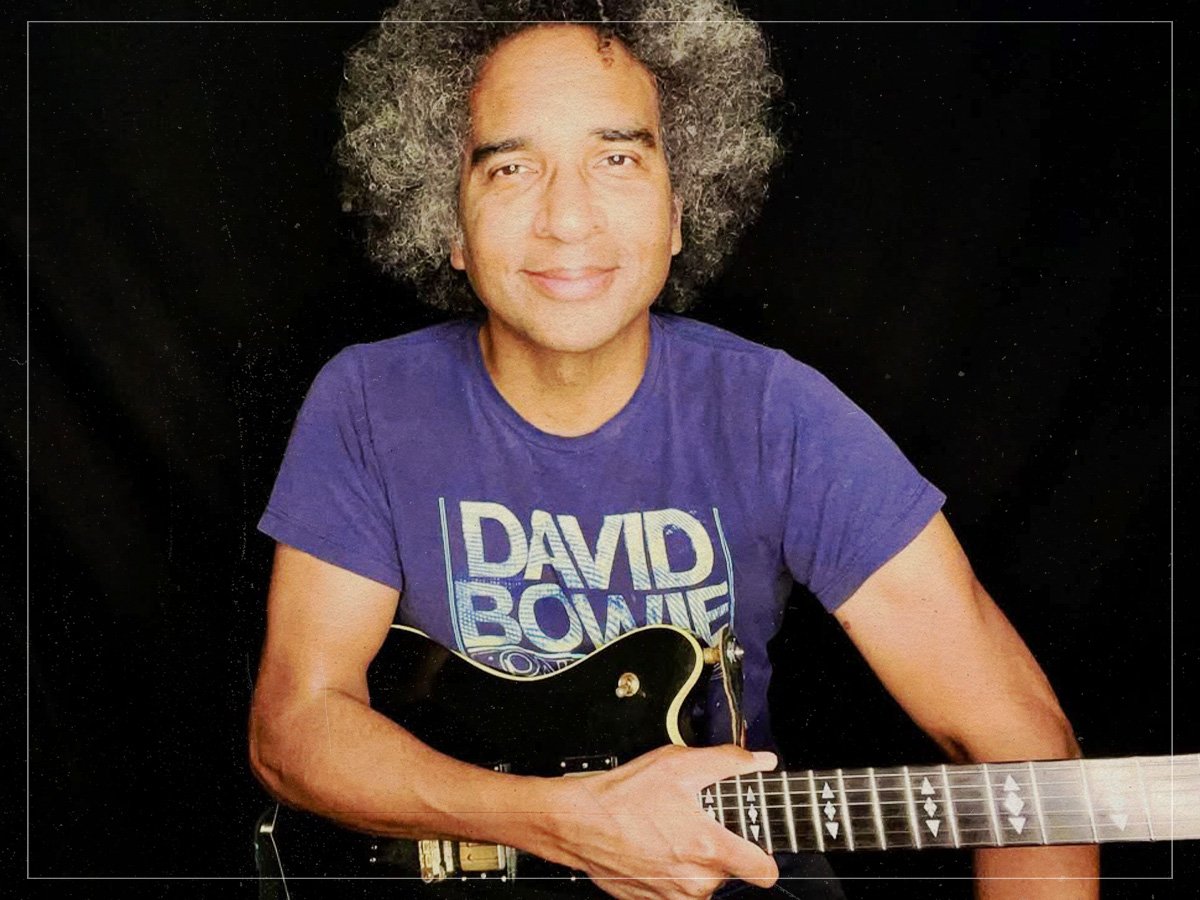
Every band has that one member who acts as the nucleus for the group. The thought of a band going out onstage as Nine Inch Nails without Trent Reznor is virtually unthinkable, and the remaining members of Nirvana moving on without Kurt Cobain and making new music would have done an injustice to the writer he was. Alice in Chains may not have been on that drastic of a wavelength, but the death of Layne Staley was reason enough for them to throw their instruments and retire the name.
At least, that’s what they thought. Ever since the band began working on their solo projects, they would pop up for solo shows now and again with replacement singers in Staley’s place. There was no chance that someone like James Hetfield would slide his way into the band, but when listening to William DuVall sing for the first time, Jerry Cantrell knew there was a way to bring the grunge titans back properly.
DuVall does have more than a few similarities to Staley’s voice when singing tracks like ‘Love Hate Love’ and ‘Rooster’, but when he debuted on Black Gives Way to Blue, this wasn’t a journeyman plugging in and singing all of Staley’s lines. This was an artist in his own right, and the next few years were an excellent way for the band to find their feet and get some closure after spending years in musical limbo.
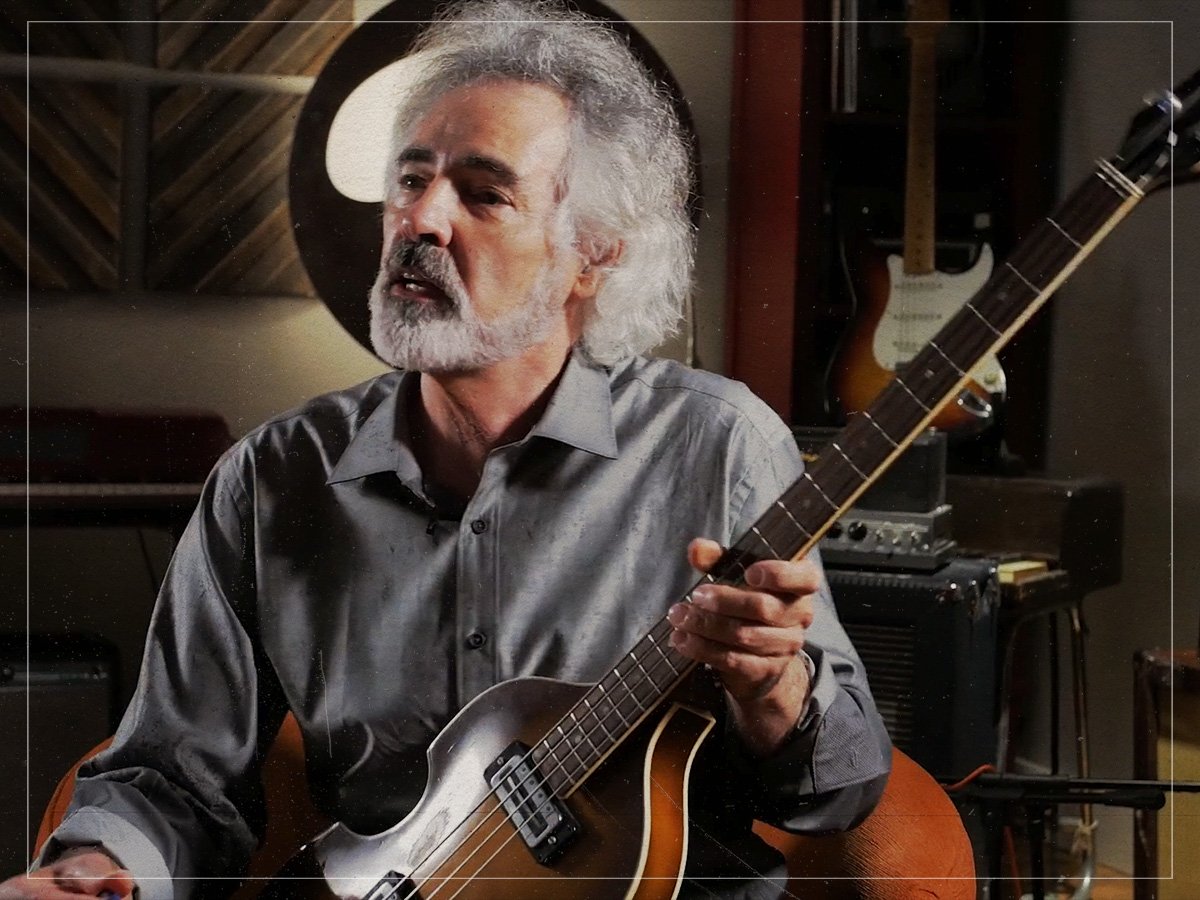
It’s hard to think of anyone else mattering onstage whenever Tom Petty put on a concert. Unless it was the rare occasion when he brought out special guests like Carl Perkins or Stevie Nicks, Petty was always a lightning rod of energy, even if he was feeding off of what the Heartbreakers were doing. But this was more than a backing band. This was a family, and when one of them left the fold, Petty was dangerously close to saying that the plantation was being packed up for the final time.
Howie Epstein had been there ever since the 1980s, and while he did a fantastic job playing the vocal foil to Petty live, his death from a heroin overdose in the 2000s shook the foundations of the group. Petty was convinced that no one else could take Epstein’s spot, but since he had been a replacement for original bassist Ron Blair, why not call up the last guy and see if he’d still be interested?
After spending decades away from the road, Blair fit right in again after the recording of The Last DJ, even being dialled in a little more by writing notes for the show before he went onstage on his inaugural tour at the back of the stage again. Petty had left behind someone who had grown jaded about the music business at the time, but now that Blair had a second chance, he wouldn’t take a second of it for granted.
Corey Taylor – Slipknot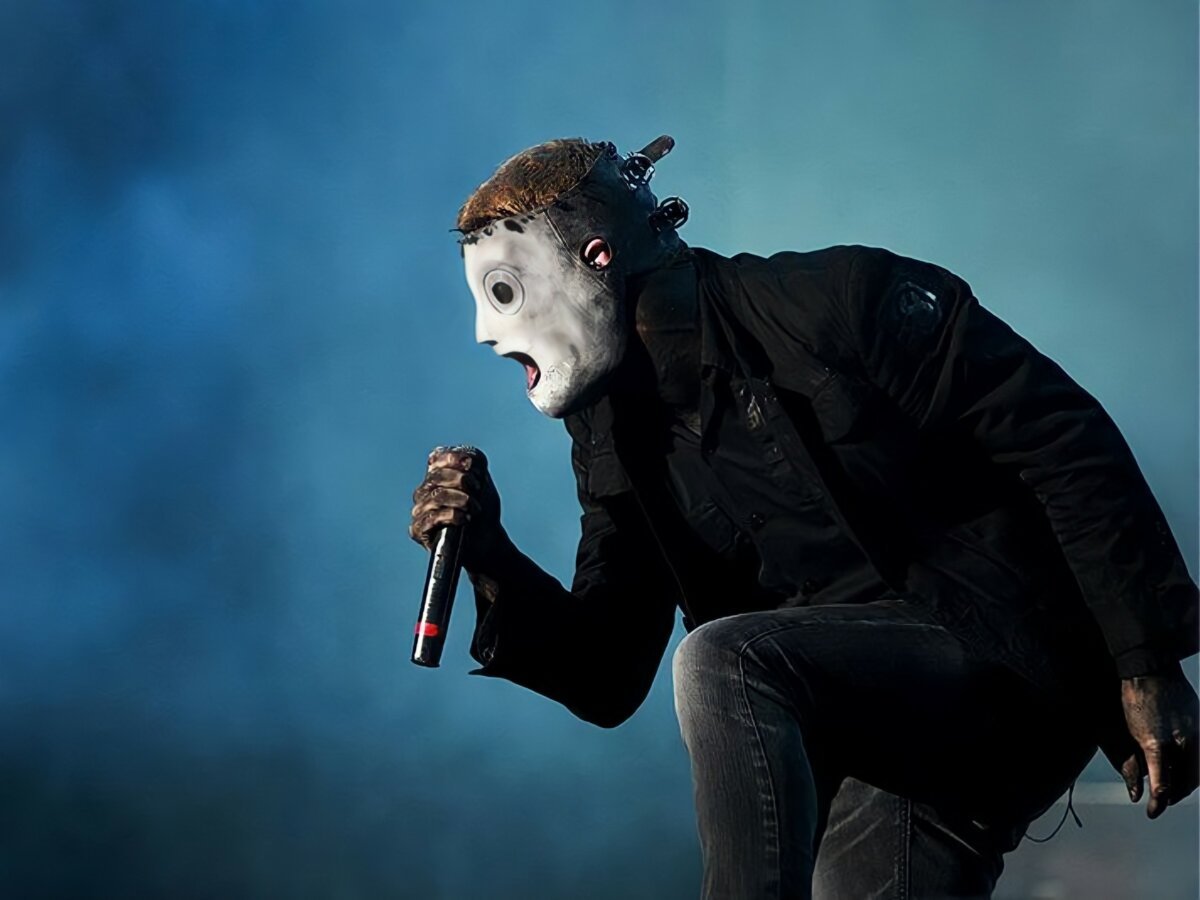
When thinking about the best-selling bands of all time, no one considers Slipknot a possible candidate. The band certainly had their fans of maggots around the world, but the idea of them becoming a big enough band to have the same status as people like Metallica and Ozzy Osbourne is unthinkable, given that half of their catalogue is based on detuned guitars and the most feral vocals imaginable. And as much as they might play into that feral side, the reason why the band will be remembered is purely because of what Corey Taylor brought to them.
That’s not to say that everyone else is secondary, either. Joey Jordison and Shawn Crahan should be given their due credit for starting the group, but while Crahan remains the main conceptualist behind their music, they wouldn’t have gone nearly as far with Anders Colsefini in front, who made them sound a lot closer to a band like Mr Bungle on their demo Mate Feed Kill Repeat.
And while it would take the band a little while to make some genuine melodic hooks like ‘Before I Forget’ and ‘Duality’ that even casual rock fans could love, all of the foundations were put into place the minute Taylor started singing on their first record. A song like ‘Wait and Bleed’ had the makings of a hit, but it’s saying a lot when even Taylor’s screaming verses manage to have a melody behind them.
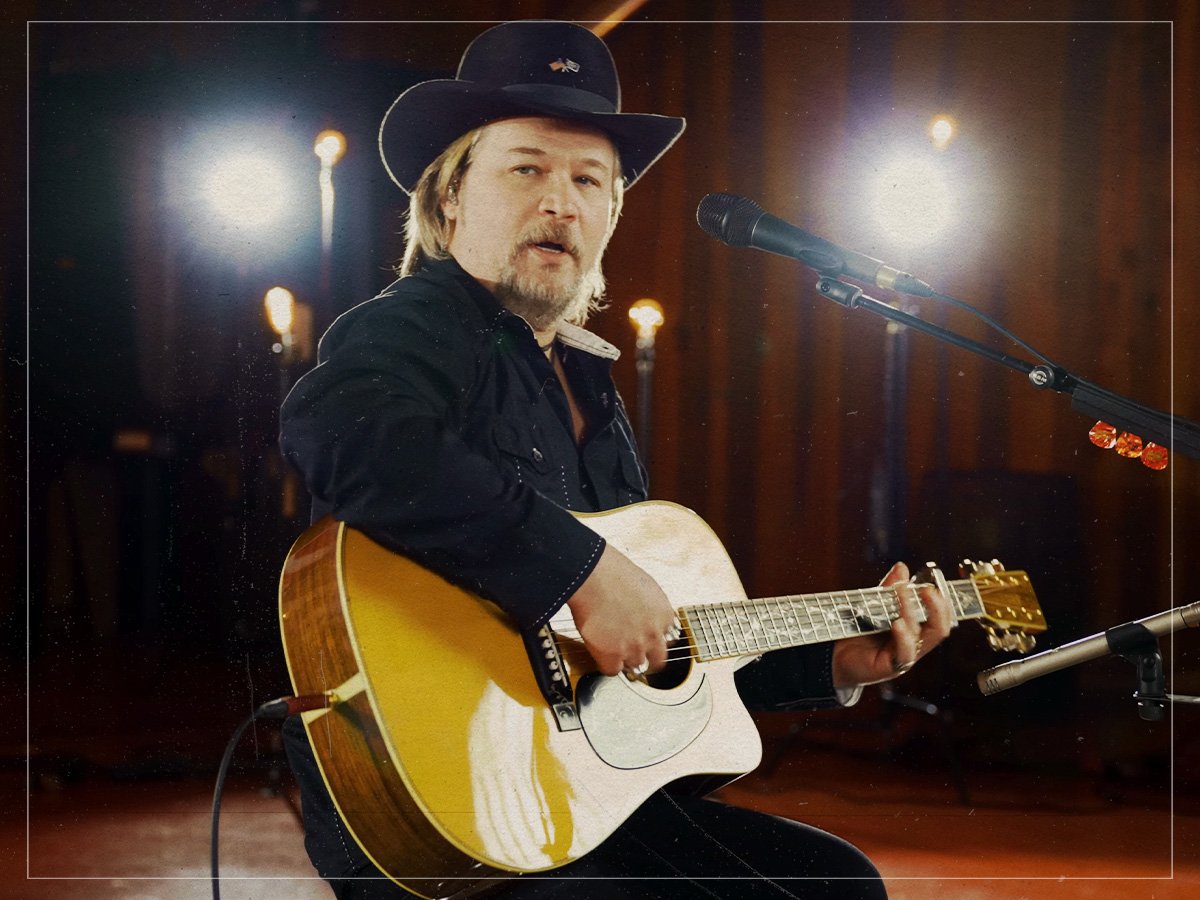
By the start of the 1980s, there was no way that Eagles would ever get back together. The whole process of them sparring against each other had become ugly as soon as Glenn Frey and Don Felder started taking jabs at each other onstage, and when Felder sped off after that last benefit gig, everyone knew it was over. But out of all the people who could have brought them back, the person responsible for getting them back together wasn’t even a band member.
When putting together a tribute record to Eagles, country singer Travis Tritt agreed to sing ‘Take It Easy’ as long as the original members appeared in the video. All that was promised was that every member would show up for the shoot, but when they started having fun during the scenes at the bar playing at a little bandstand, Frey started to remember all of the good times that they had together and the genuine fun they might be able to have again.
After a few false starts to get things rolling, the band were stable enough to make Hell Freezes Over years later, touring wherever they could around the world and even adding a handful of new tunes into their setlist. They would eventually have their separate headaches when they had to let go of Felder again, but since they helped popularise country rock, it’s only fitting that country music guided them back.
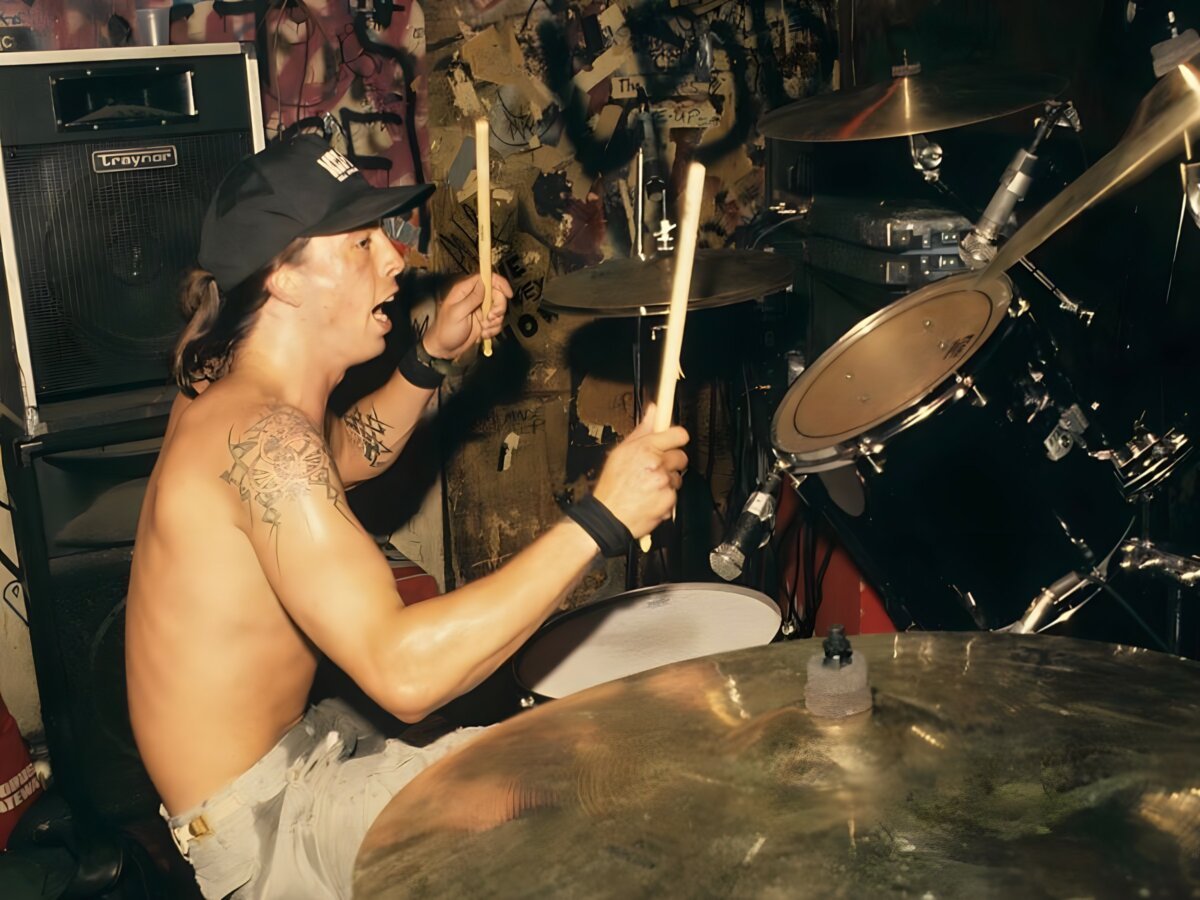
It was never clear from one show to the next whether Nirvana was going to be a trainwreck or one of the greatest bands on Earth, Kurt Cobain always held onto his punk ideals, and that often meant following the lead of Sex Pistols by having some shows that were life-changing to everyone who saw them and the odd gig where everything slowly fell apart in front of an audience. The only common thread during their early days was their lack of a reliable drummer, but in Dave Grohl, they finally found their answer to John Bonham.
Whereas Chad Channing and Dale Crover were never meant to stay in the band for too long, Grohl had the force they needed to make the songs work. Even though a lot of what he played on Nevermind was pretty straightforward from a drummer’s perspective, no one was going to play them like he did, especially the massive drum roll that opens up a track like ‘Stay Away’ or the understated approach on ‘Something in the Way’.
And while Cobain deserves a place in rock and roll heaven for making ‘Smells Like Teen Spirit’, Grohl’s drum fills before the song kicks in are the entire reason why the song has its unique force. Most of Cobain’s songs were extremely powerful even if they were played on acoustic guitars, but as soon as people heard the drums, the music grabbed them by the throat and demanded that they pay attention.
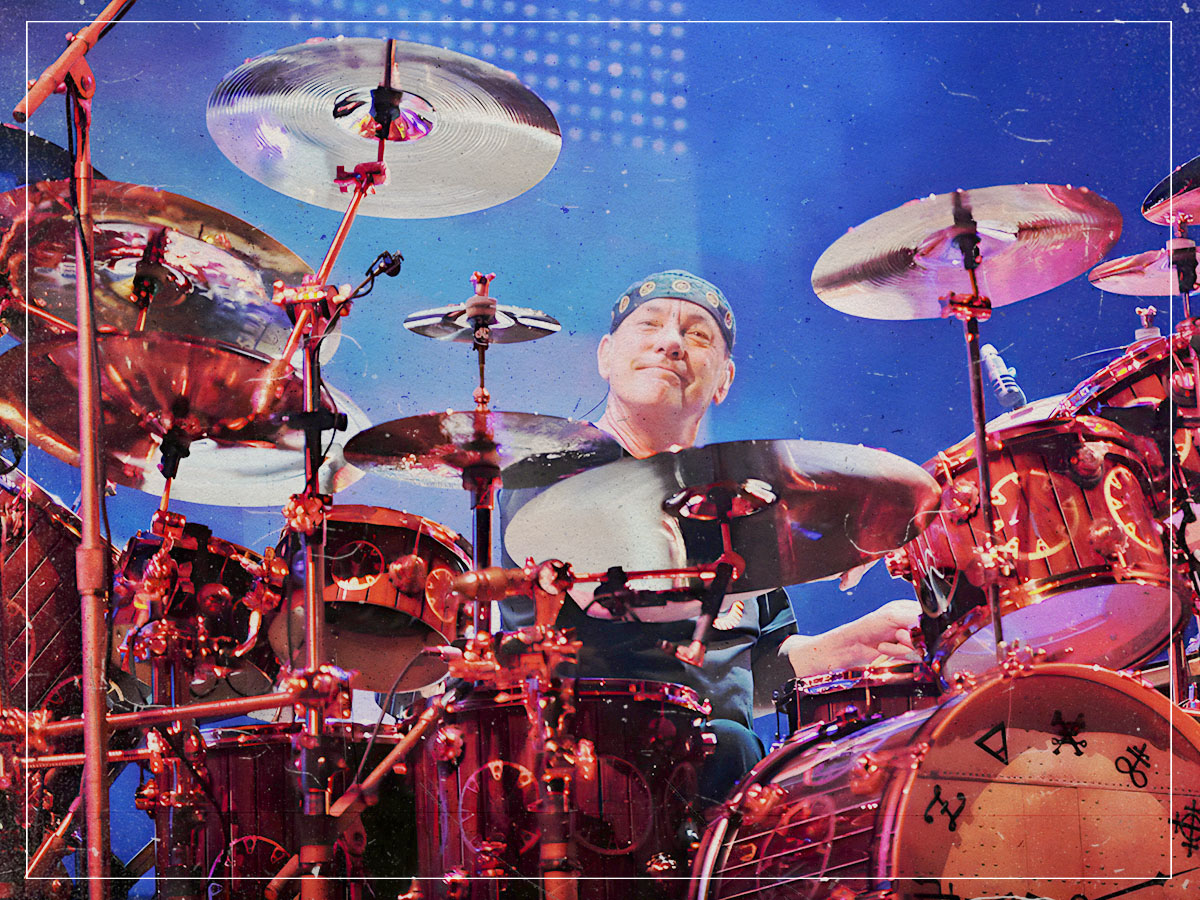
When Rush first started, no one expected them to take over the world. There had been some great artists coming from Canada, like Neil Young and The Guess Who, but considering that most of what the power trio were playing was a blatant rip-off of Led Zeppelin, it’s not like they were the most original band in the world. That was a great start, but they always had other plans, and bringing in Neil Peart was one of the biggest accidental miracles in rock history.
There was nothing wrong with original drummer John Rutsey, but since he was more in tune with blues rock bands, Peart’s mathematical drumming made him one of the greatest percussionists in the world, giving them the power to stretch their songs out for minutes on end. While that came with its share of problems in terms of getting on the radio, Peart’s biggest strength came as a lyricist.
Compared to the simple sex and drugs tunes everyone loved, Peart was into more cerebral material, and a lot of what turns up on their classics are his handiwork, whether it’s talking about a dystopian civilisation banning music on ‘2112’ or the adventure of unearthing a car lost to history and driving it on the highway in ‘Red Barchetta’. You can call them the archetypal nerd rock band all you want, but there’s a certain groove that Peart created with Rush that couldn’t be heard anywhere else.
Bob Geldof – Pink Floyd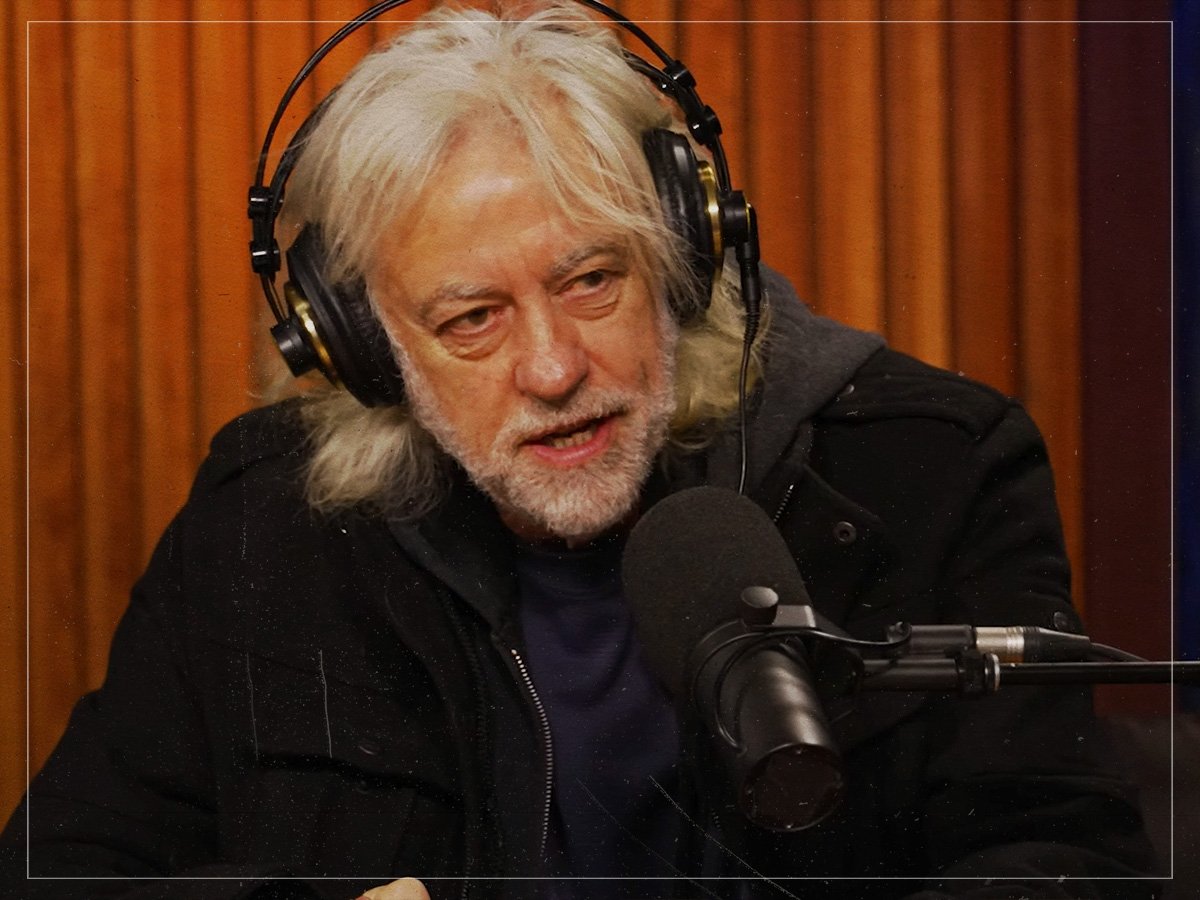
Rock and roll has never forgotten about the people who got them to where they are. Ever since the Concert for Bangladesh, there have always been charitable figures in history who have been willing to fork over as much money as they can to raise funds for the right causes. And while Bob Geldof had a lot on his plate when putting together the next iteration of Live Aid, why not try to reunite one of the biggest bands in the world while he was on a roll?
While Live 8 was going to be a spectacle no matter who was on the bill, Geldof was the one responsible for instigating conversations with David Gilmour and Roger Waters to bring the members of Pink Floyd back together again. Despite Gilmour having cold feet about the idea, Waters was all for joining again, eventually playing a greatest-hits style set of a few songs and bringing us fresh takes on tracks like ‘Comfortably Numb’.
Since the last time any of them had played together was the time when Waters began dictating things, seeing them come back for a just cause was the right way of bringing closure to the four people who shaped their classic period. And now that Richard Wright is no longer with us, this is a snapshot in time of the lineup that reshaped how most people thought about progressive rock.
Sammy Hagar – Van Halen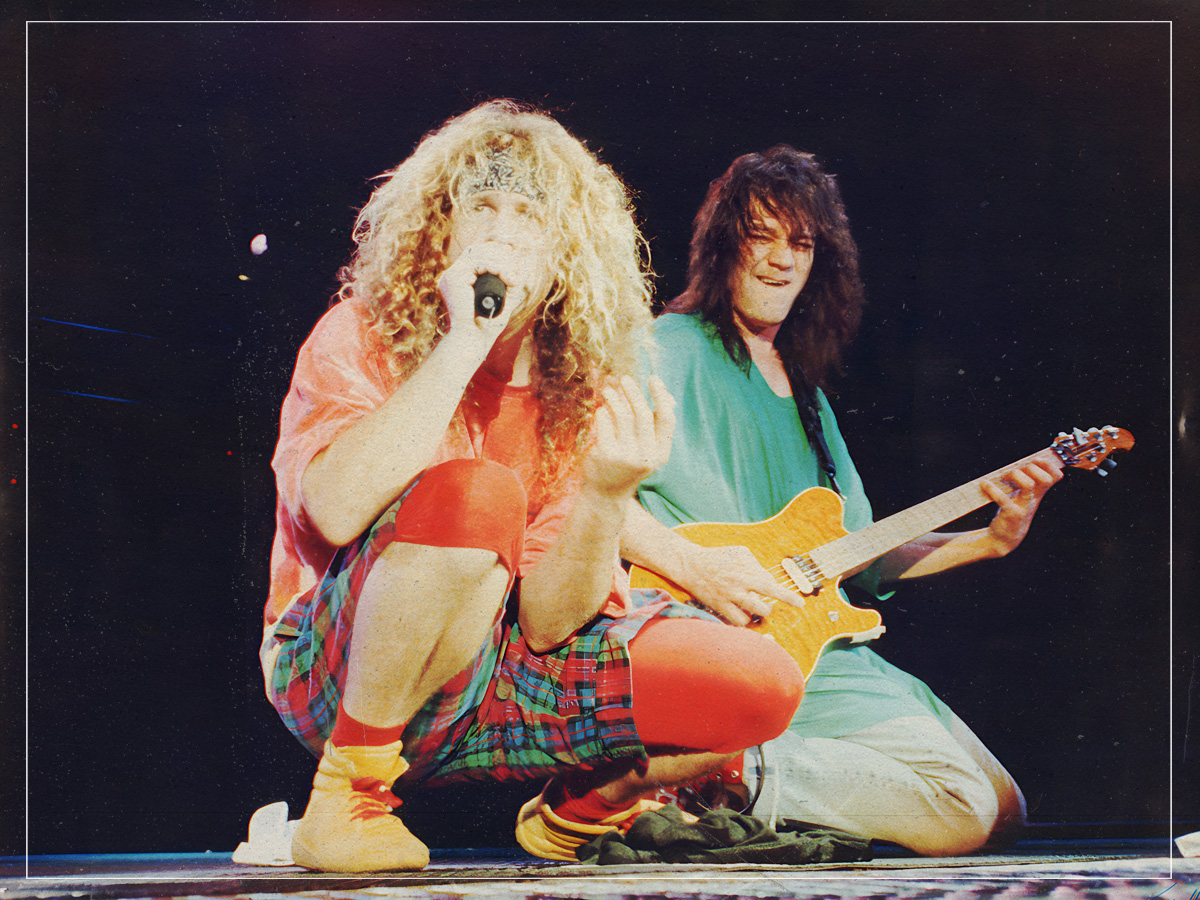
How do you replace a rock and roll god? The short answer is you don’t. The entire idea of Van Halen moving on without David Lee Roth was already on the table before 1984 was even finished, but when he finally decided to leave, there was no one on this Earth who could have filled his shoes. So if they couldn’t find someone with that much charisma, the next best thing was to bring in someone with a completely different set of skills.
While Sammy Hagar sounds absolutely nothing like Roth when he debuted with 5150, his voice suited the band’s new creative direction perfectly. He knew how to scream when he wanted to, but since Eddie was bringing in some new keyboard textures to the mix, ‘The Red Rocker’ was receptive of almost every idea thrown at him, whether it was the strange effects on ‘Why Can’t This Be Love’ or ballads like ‘Dreams’.
Admittedly, not everything was great, and the latter half of the ‘Van Hagar’ era runs into a little bit of bloat, but it hardly mastered at that point. Hagar had proved himself to be one of the greatest replacements in rock history, and while he was forced to sing ‘Jump’ on the rare occasion, it evened itself out when he had tracks like ‘Right Now’ or solo hits like ‘There’s Only One Way To Rock’ under his belt.
Stevie Nicks – Fleetwood Mac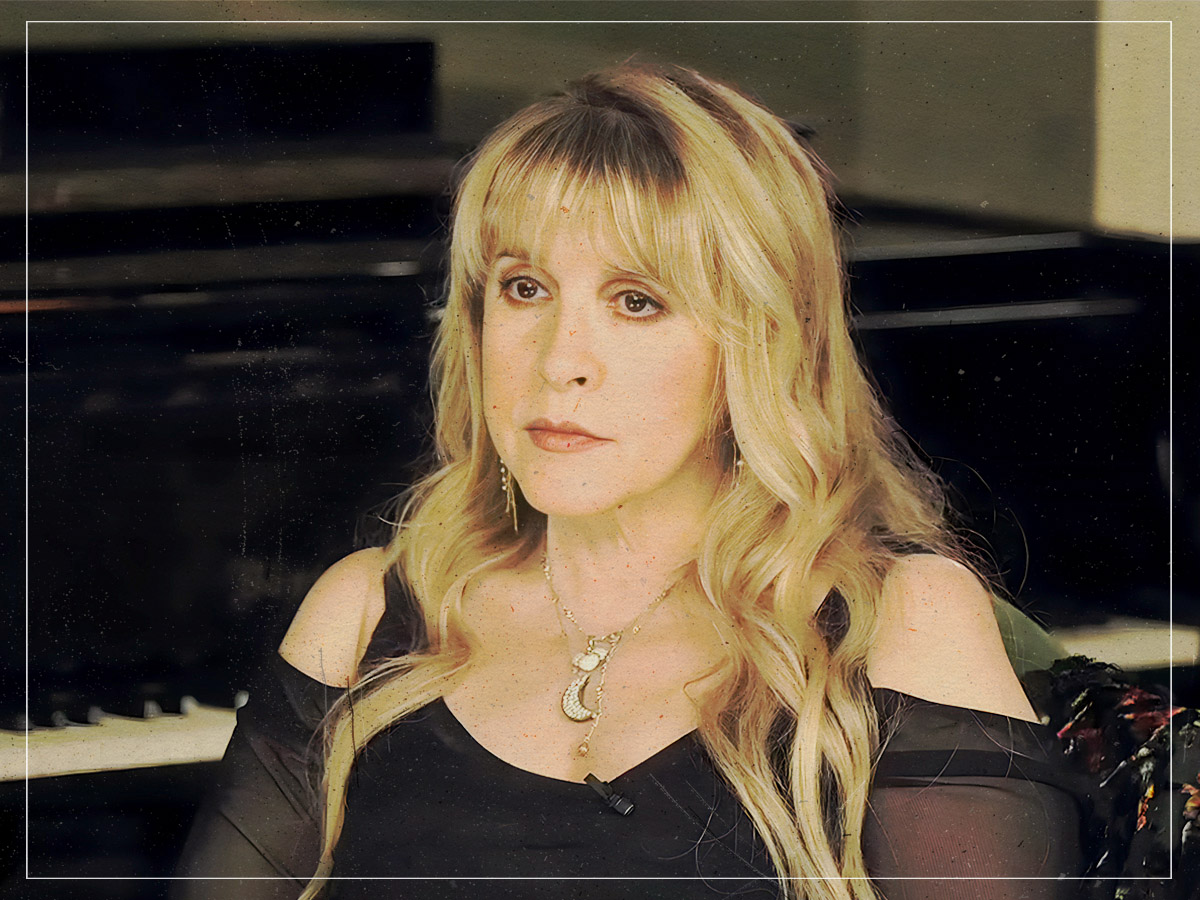
Losing band members had started to become second nature to Fleetwood Mac after a while. Peter Green may have started the group, but by the time Danny Kirwan and Bob Welch joined, it felt like they were on a never-ending cycle of gaining members, losing members, and writing an album about their struggles. And when Welch found out it was his turn to jump ship, the band happened to find the greatest duo a band could ask for sitting right beside them in the recording studio.
While Buckingham Nicks was shaping up to be a respectable rootsy rock record, Lindsey Buckingham and Stevie Nicks weren’t necessarily tied to their duo band. When Buckingham insisted that his girlfriend join the band with him, he didn’t realise the massive stage presence that would be unleashed when Nicks took to the stage. From channelling characters like ‘Rhiannon’ to personifying a witch whenever she sang, Nicks had all of the swagger as Janis Joplin with the tender side of Joni Mitchell all wrapped in one person.
And despite not wanting her in the first place, the band ended up sticking with Nicks for far longer, even ditching Buckingham on numerous occasions and touring with Nicks at the front. The death of Christine McVie may have officially closed the door on the band getting back together again, but people will remember the name Fleetwood Mac whenever ‘The Gold Dust Woman’ starts to sing.
